Is Your Winter Car Kit Really Ready?
December 23rd, 2021
5 minute read
Winter is upon much of the United States, and in many regions that means bitterly cold temperatures and snow — lots of it.
For most of us living in areas that are frozen for a solid chunk of the year, having a car kit is old hat. We all know to have things like water, a blanket, or a flashlight. Some of you may have upped your game and keep additional items like a hat or pair of gloves. There are a few more items you may not have thought of, however, and while they don’t take up a great deal of room, they can make a huge difference if you find yourself stranded.
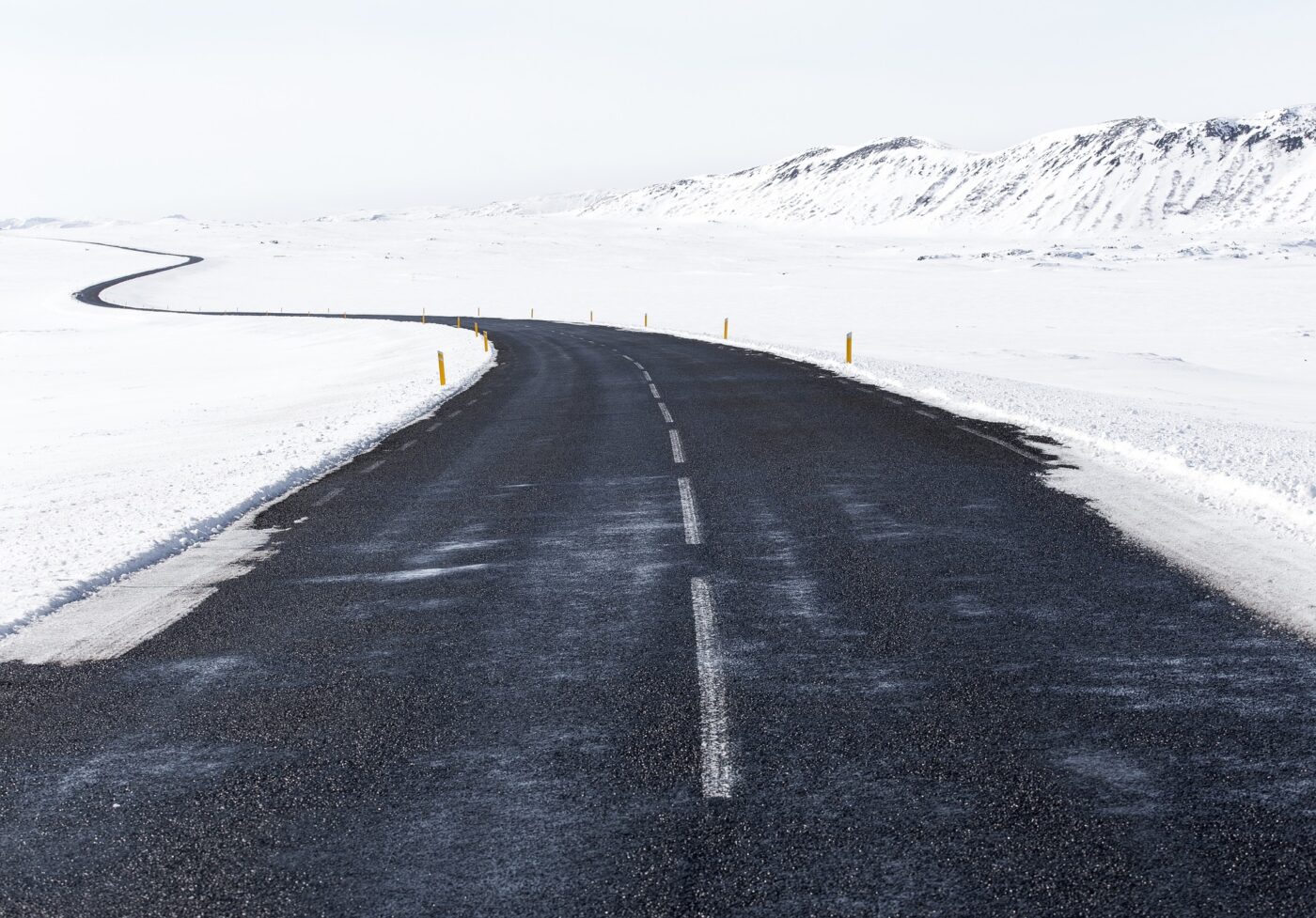
Food and Energy
If you’re stuck at your car for hours (or you’ve run off the road and are unable to go for help), you’re going to need food. Depending on your preference and individual needs, this could be as simple as a few protein bars or as elaborate as a small rocket stove and some cans of beef stew. If you typically spend most of your drive time in a highway commute, you can probably get by with the protein bars, but if you’re spending a lot of time on hikes, hunting or otherwise, driving in rural or remote areas, you’ll want to go a bit more in-depth with your food.
You may also want to consider keeping a few bottles of 5 Hour Energy in your kit as well. They’re small, and they won’t make you crash later.
Maps of the Area
No one carries paper maps anymore; that’s what smartphones are for, right? Wrong. You should always have a paper map backup of whatever area you’re traveling in, even if you stay within the city or suburbs. A map can get you home if you’re out of cell service or find yourself with a dead phone. If you’re in a rural area or plan to leave the road for your activity, you should have a topo map as well.
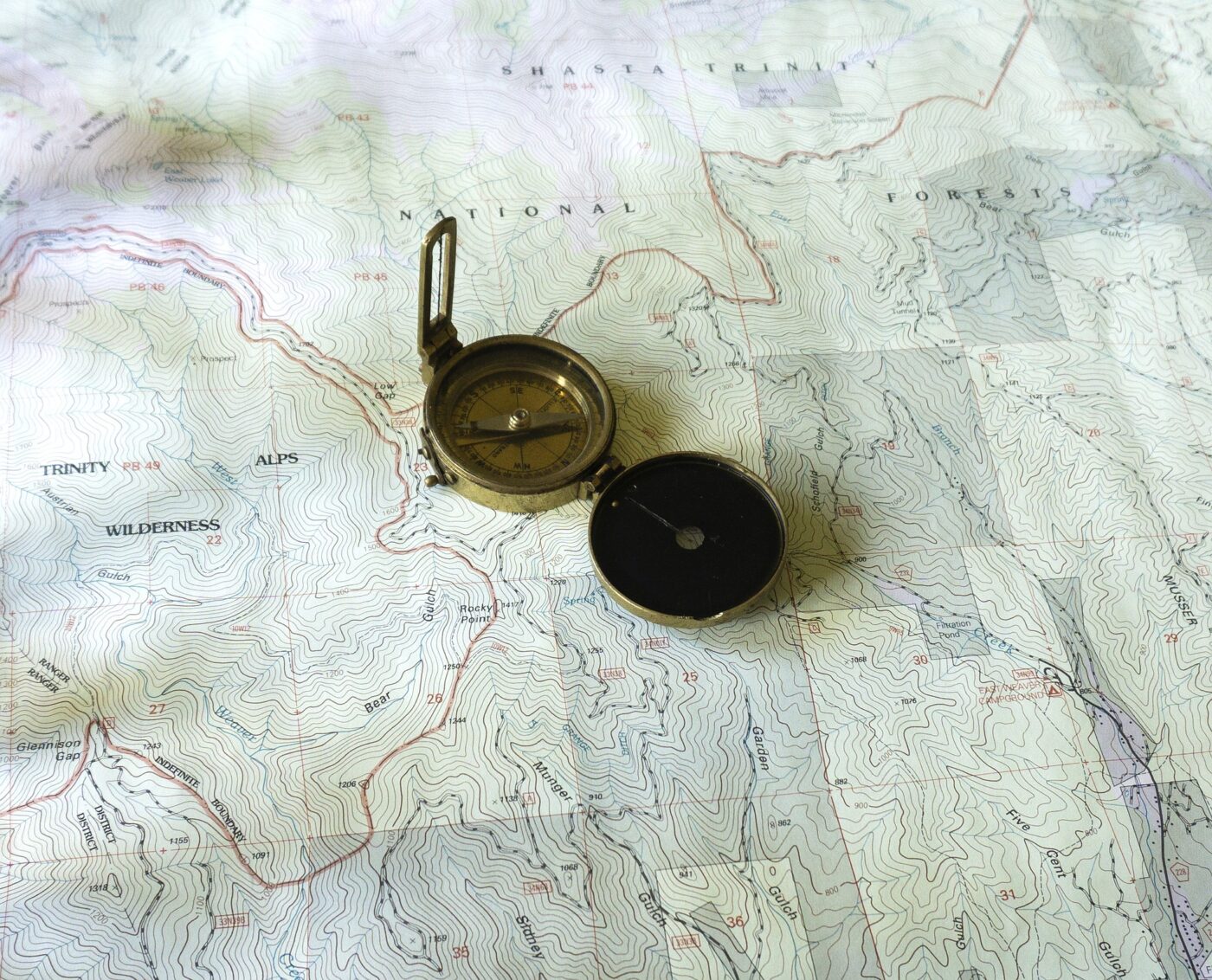
Batteries
This might seem like a no-brainer, but you’d be surprised how many people think their smartphone flashlight is enough. You should have a separate, dedicated flashlight, but you also need a set of spare batteries as well. Small flashlights with high lumens are cheap, and their batteries are affordable too so always have extras.
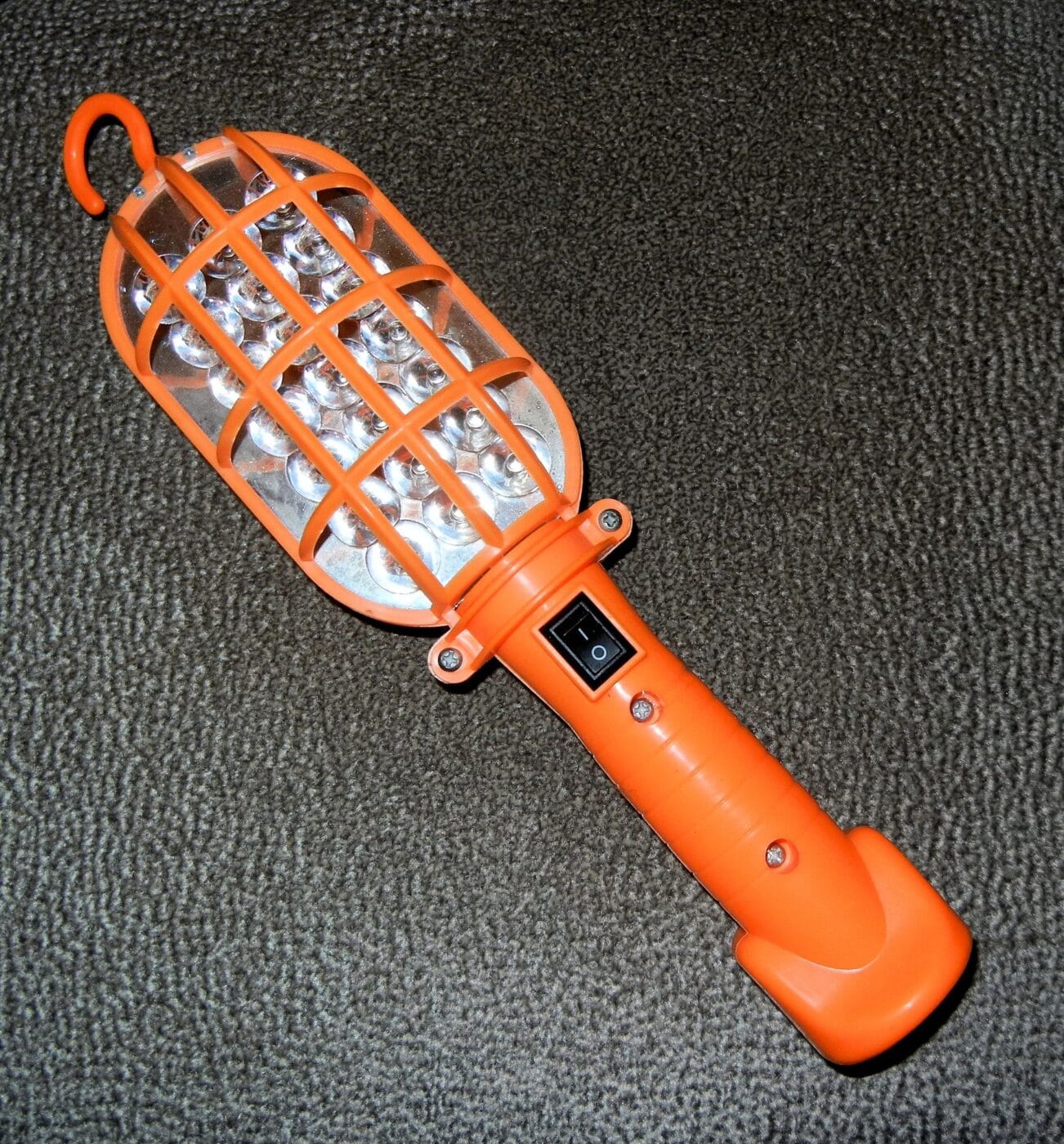
Cargo Straps and Tire Chains
They take up room, but they’re also a lot like firearms: better to have and not need, than need and not have. We have used our cargo straps and tire chains more times than I can count, and it’s always while we’re out somewhere without cell service.
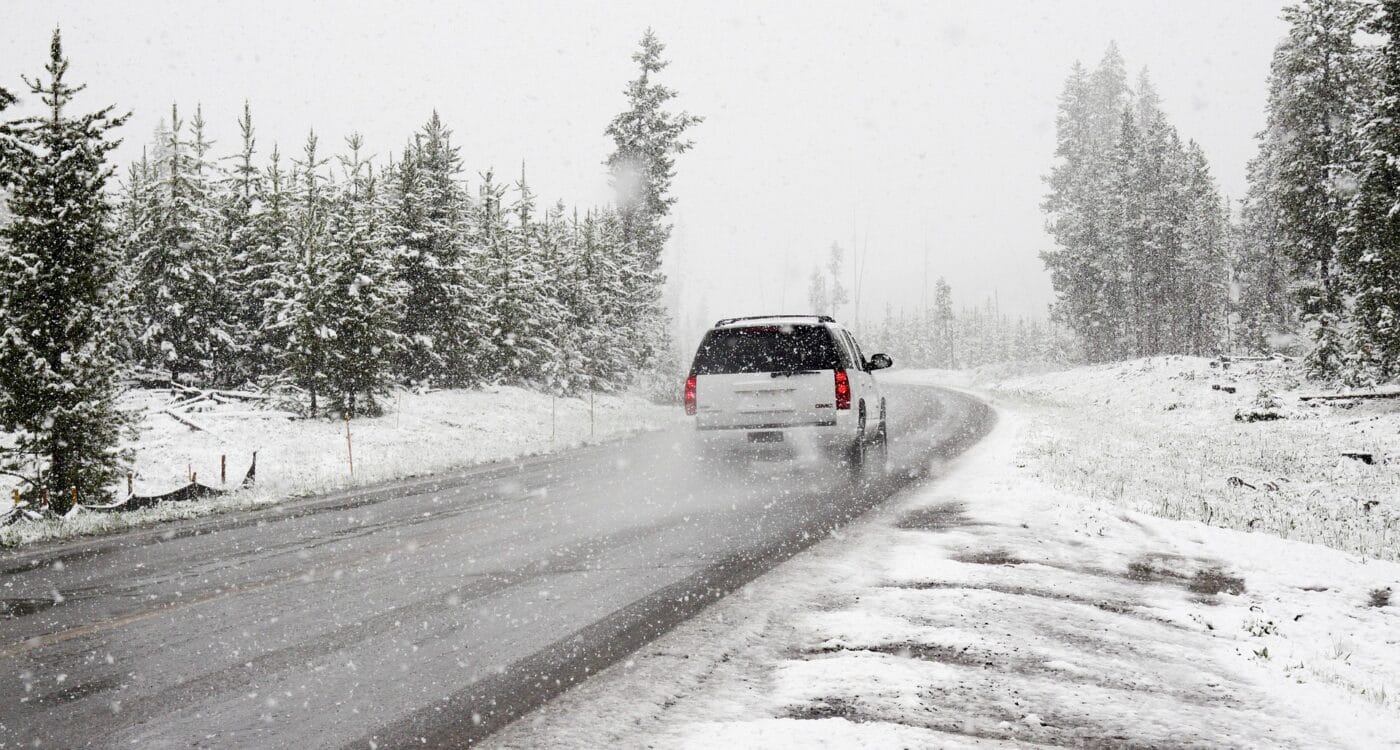
It’s always nice when you can get help from a kind stranger, but it’s a huge downer when you finally have someone stop to help only to find out they don’t have any equipment to help with. Keep a few straps and chains, and you’ll find that you can often help yourself.
Wool Socks
Anyone who spends time outside knows the value of wool socks, and I won’t belabor the point here. Being able to put an extra pair of warm, dry socks on when you’re freezing can help your morale as well as your core temp.
Cell Phone Battery Pack
If you have a fully charged battery pack, then you can use your phone even if you forgot your charger — or if your car is dead. There are a number of models out there. We have both a solar charger and a USB-charged battery pack, and we never travel without at least one of them for each phone.
Tarp
It might sound strange to have a tarp with you, but you may be surprised at how often you can find a use for it when you have one. A heavy-duty tarp can serve as a shelter or windbreak for starters and can even double as a way to carry or drag things you wouldn’t normally be able to move on your own — such as a wounded partner you’re trying to get to safety.
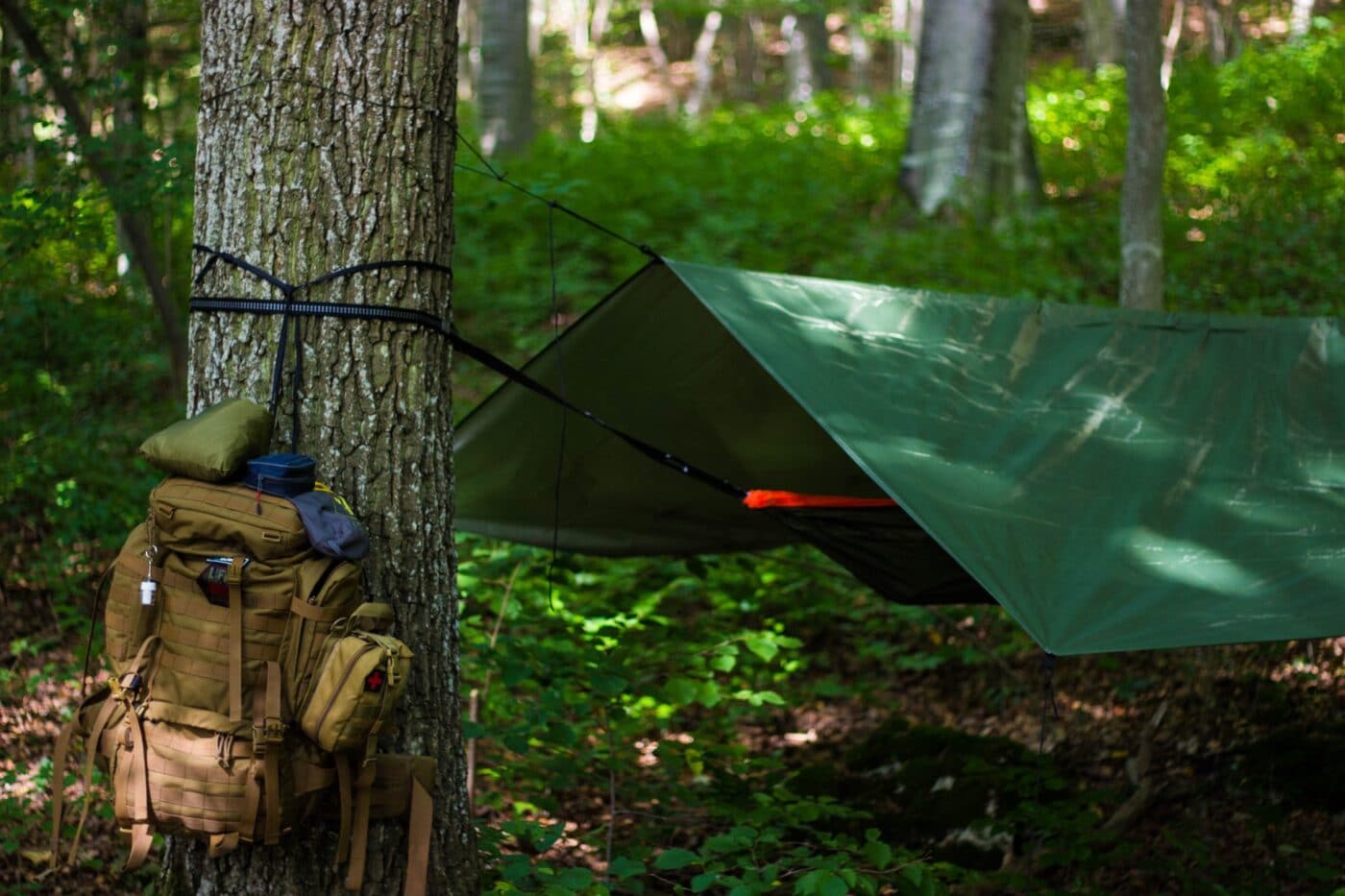
Heat Source
Blankets and socks are great, but you should also have some kind of heat source in your vehicle as well. Even a long-burning survival candle can provide enough heat inside of an enclosed car to keep you from freezing to death. Handwarmer packs can help as well. If you do go with hand- or footwarmer packs, keep in mind that they should never be up against your bare skin; in addition, the more air they have access to, the hotter they get — all the way past 160 degrees Fahrenheit.
Winter car kits don’t have to be a monstrosity that takes up your entire truck bed or car trunk. Like most other things, you should assess your personal situation and decide what you and your family will realistically need.
What’s in your winter car kit?
Editor’s Note: Please be sure to check out The Armory Life Forum, where you can comment about our daily articles, as well as just talk guns and gear. Click the “Go To Forum Thread” link below to jump in and discuss this article and much more!
Join the Discussion
Continue Reading
Did you enjoy this article?

 77
77






